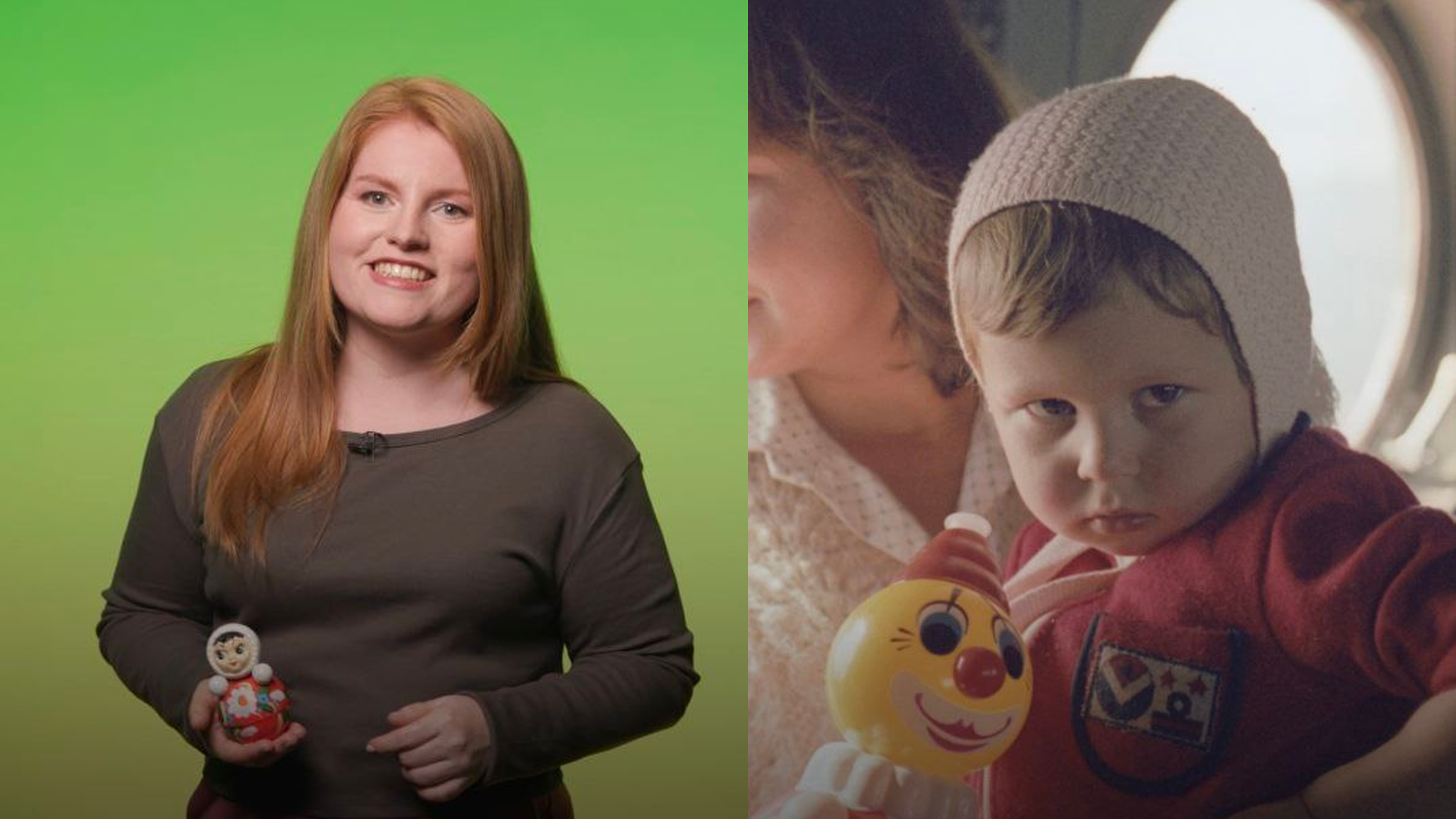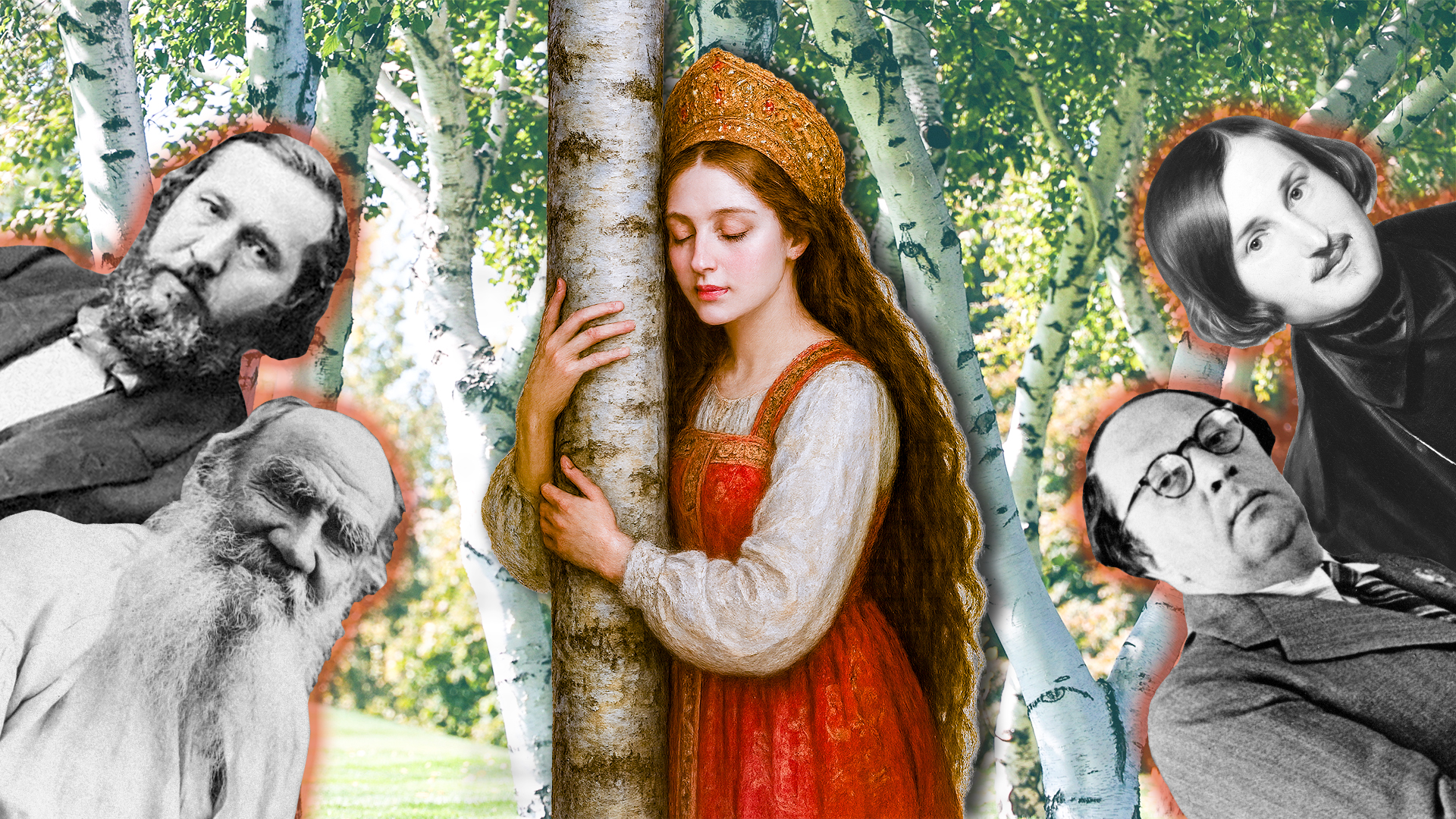
Who was Murzilka and why did Soviet kids love him so much? (PICS)

After the 1917 Revolution, the new Bolshevik authorities paid special attention to propaganda and set about quickly creating a great number of entertaining periodicals and newspapers for workers, soldiers, peasants, women, and of course, Soviet children.
One of them – in fact, one of the first – was Murzilka, a monthly magazine for young children (4-7 years old). Here’s what the first ever issue, published May 16, 1924, looked like.
 Murzilka, (N1, 1924)
Murzilka, (N1, 1924)
The title ‘Murzilka’ was actually a pet name of a puppy from the short stories by children’s author Alexander Fyodorov-Davydov. And the first issue started with a story about the adventures of the cute little trouble-maker.
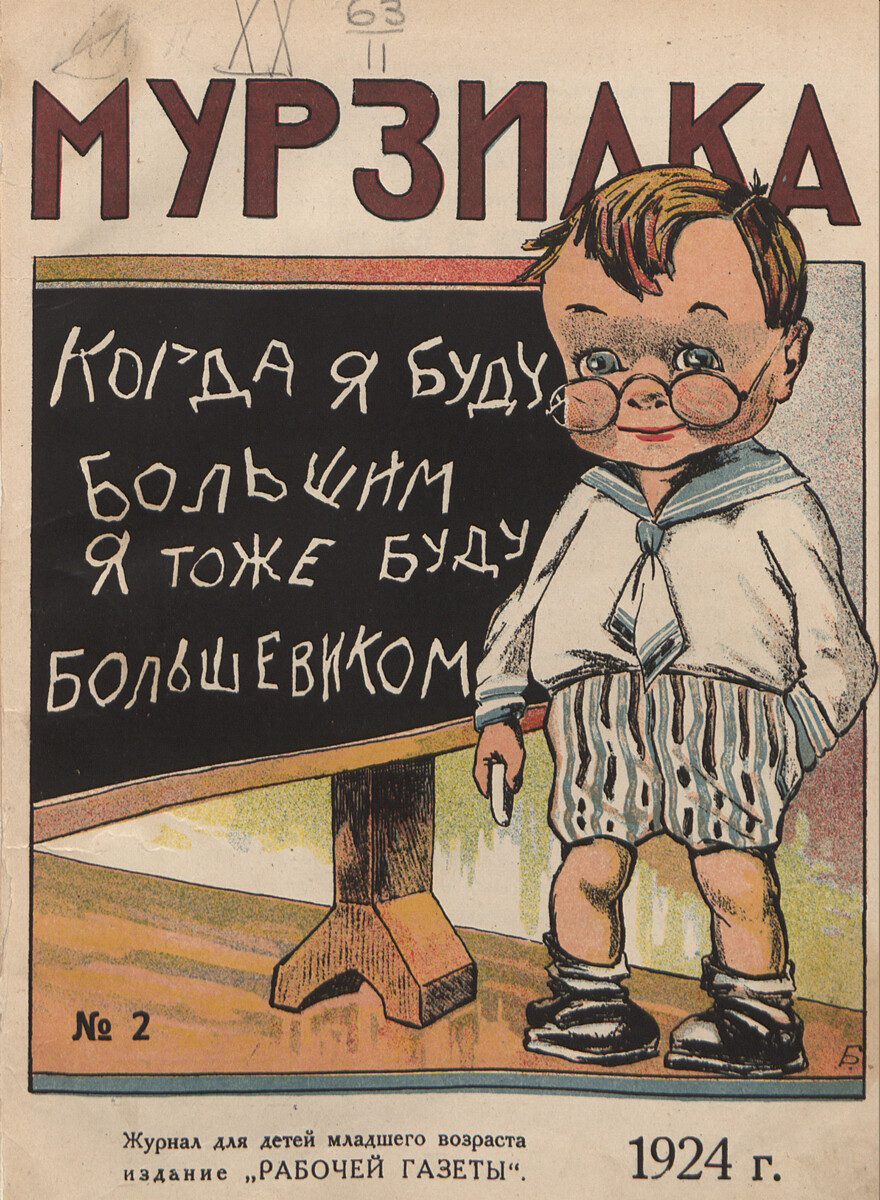 ‘When I grow up, I will be a Bolshevik as well’. (N2, 1924)
‘When I grow up, I will be a Bolshevik as well’. (N2, 1924)
The magazine was actually a small children’s book with short stories on a variety of topics, including the new Soviet reality and its important moral lessons, such as the meaning of May Day, the figure of Lenin, and the Bolshevik Revolution.
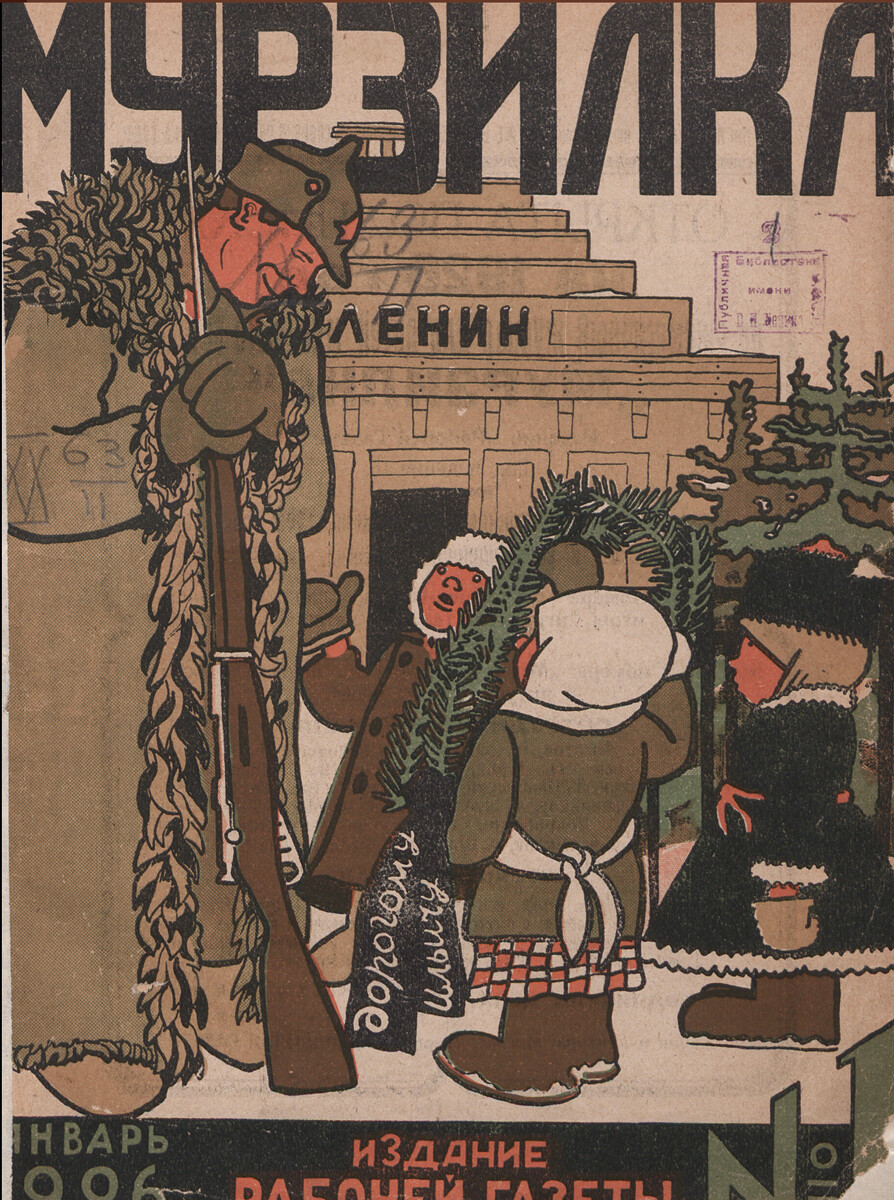 Children next to Lenin’s Mausoleum (N1, 1926)
Children next to Lenin’s Mausoleum (N1, 1926)
The best Soviet writers of the day used to write for Murzilka: Sergei Mikhalkov (the author of the lyrics of the Soviet anthem), children’s writers Agnia Barto, Kornei Chukovsky and Samuil Marshak, and comedians Daniil Kharms and Mikhail Zoshchenko were among them.
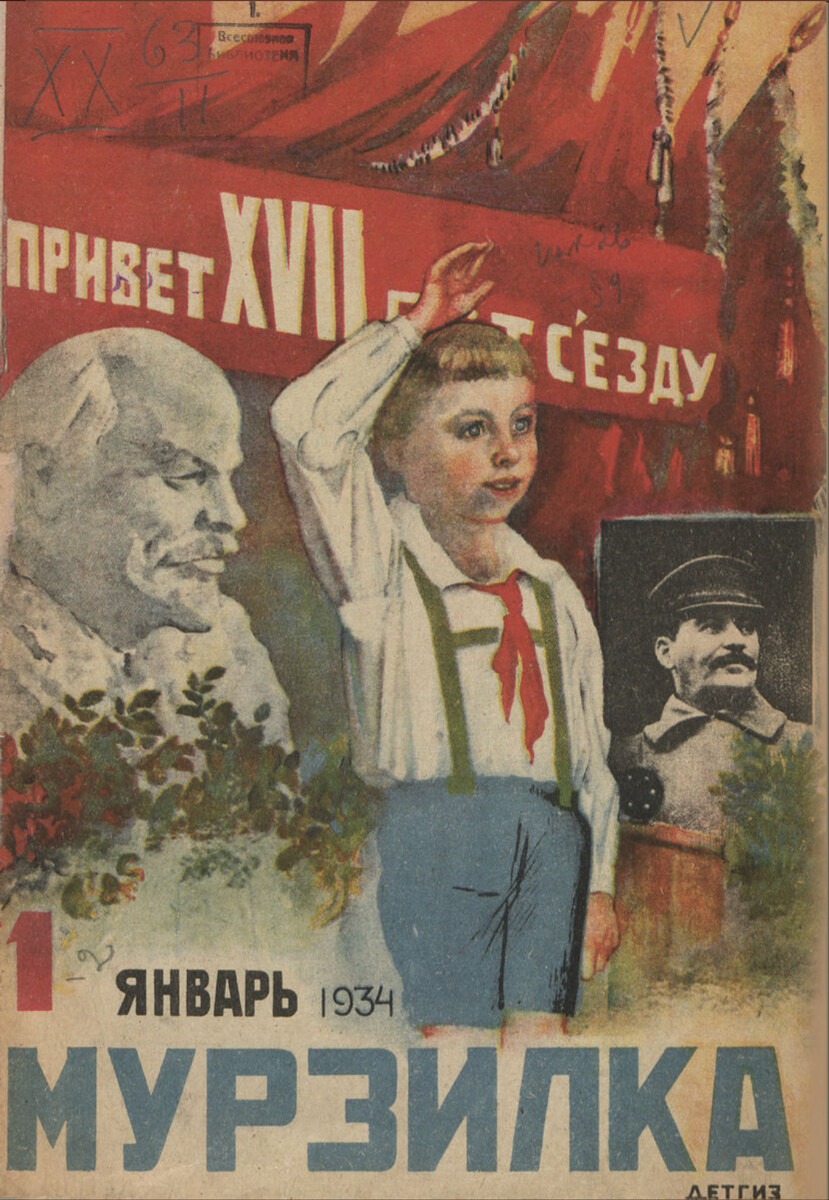 Greetings to the 17th Congress of the All-Union Communist Party (N1, 1934)
Greetings to the 17th Congress of the All-Union Communist Party (N1, 1934)
At first, Murzilka was a supplement of Rabochaya Gazeta (Workers' Newspaper) which also included a bunch of other magazines that became iconic: Krokodil illustrated magazine, Rabotnitsa women’s magazine, and Soviet Ekran, a magazine about cinema.
 Labor Day (N5, 1930)
Labor Day (N5, 1930)
In July 1937, the magazine featured a brand new image of Murzilka, painted by artist Aminadav Kanevsky. Since then, it no longer resembled a puppy, but a yellow creature in a red beret and scarf, with a camera slung over its shoulder.
 Murzilka’s new image (N7, 1937)
Murzilka’s new image (N7, 1937)
However, in 1941, Murzilka was also pictured as a boy in a puzzle game.
 ‘Who’s driving Murzilka’ (N7, 1941)
‘Who’s driving Murzilka’ (N7, 1941)
In 1941, Murzilka started being published by the Molodaya Gvardiya (Young Guard) publishing house, and began to be focused on a slightly older audience, from 6 to 12 years old.
 The new face of the magazine. (N5, 1941)
The new face of the magazine. (N5, 1941)
The magazine didn’t cease publication even during World War II. It published moralistic stories of heroism, pioneer tales and so on.
 A happy meeting of a soldier and a partisan (N1-2, 1942)
A happy meeting of a soldier and a partisan (N1-2, 1942)
And of course, the theme of war was featured heavily as well. Murzilka wrote about how Soviet children shared their clothes with those who lost their homes during war, as well as stories of children who lost their parents and were rescued by the Red Army.
 Stars mean downed aircrafts (N10, 1942)
Stars mean downed aircrafts (N10, 1942)
In 1945, Murzilka celebrated the victory over the Nazis.
 Glory to the Red Army (N5-6, 1945)
Glory to the Red Army (N5-6, 1945)
The magazine also published stories about Soviet sightseeing, such as pictures of cities etc.
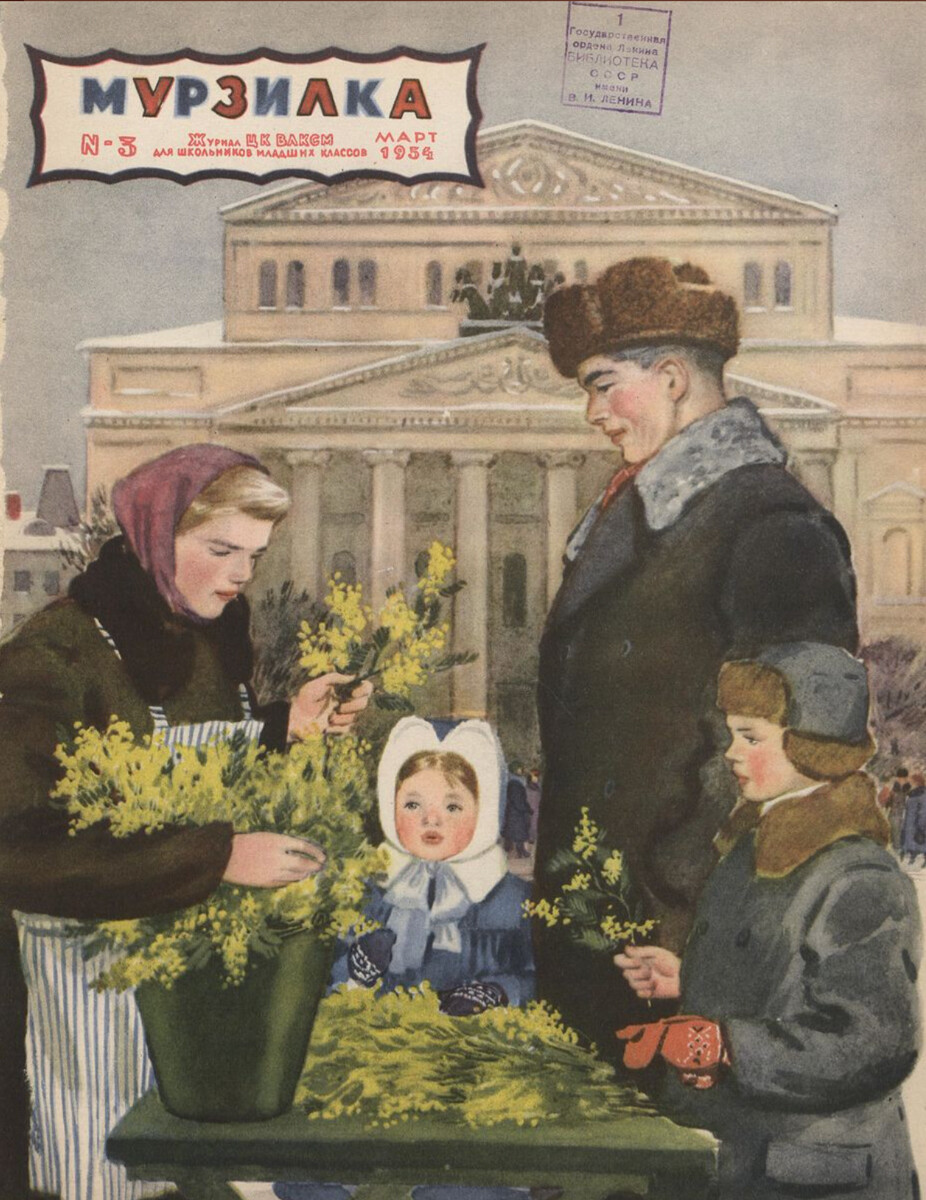 The Bolshoi Theater in Moscow (N3, 1950)
The Bolshoi Theater in Moscow (N3, 1950)
 The Bronze Horseman in Leningrad (N5, 1950)
The Bronze Horseman in Leningrad (N5, 1950)
It also emphasized the importance of education.
 Knowledge Day (N9, 1951)
Knowledge Day (N9, 1951)
A Soviet child should have known that he/she should act friendly and work together with other kids on a common mission.
 A spring clean-up and tree-planting (N4, 1958)
A spring clean-up and tree-planting (N4, 1958)
And of course, in 1961, Murzilka featured the portrait of Yury Gagarin on the cover,depicting children around the world reading newspapers about his space flight.
 ‘Honor and glory to the first cosmonaut, Yury Gagarin’ (N5, 1961)
‘Honor and glory to the first cosmonaut, Yury Gagarin’ (N5, 1961)
An image of a yellow fluffy Murzilka appeared in the magazine again in 1959, and has since been settled on, becoming an iconic symbol.
 Murzilka skiing (N1, 1959)
Murzilka skiing (N1, 1959)
In the 1960-80s the magazine had a circulation of over five million copies (in the 1920s it was only 20,000), so most Soviet kids had a chance to read it or borrow it from friends or a library.
 An issue preparing for the 60th anniversary of the Pioneer organization (N9, 1981)
An issue preparing for the 60th anniversary of the Pioneer organization (N9, 1981)
The magazine had a lot of colorful pictures and attachments, so that children could cut them out and glue them like stickers.
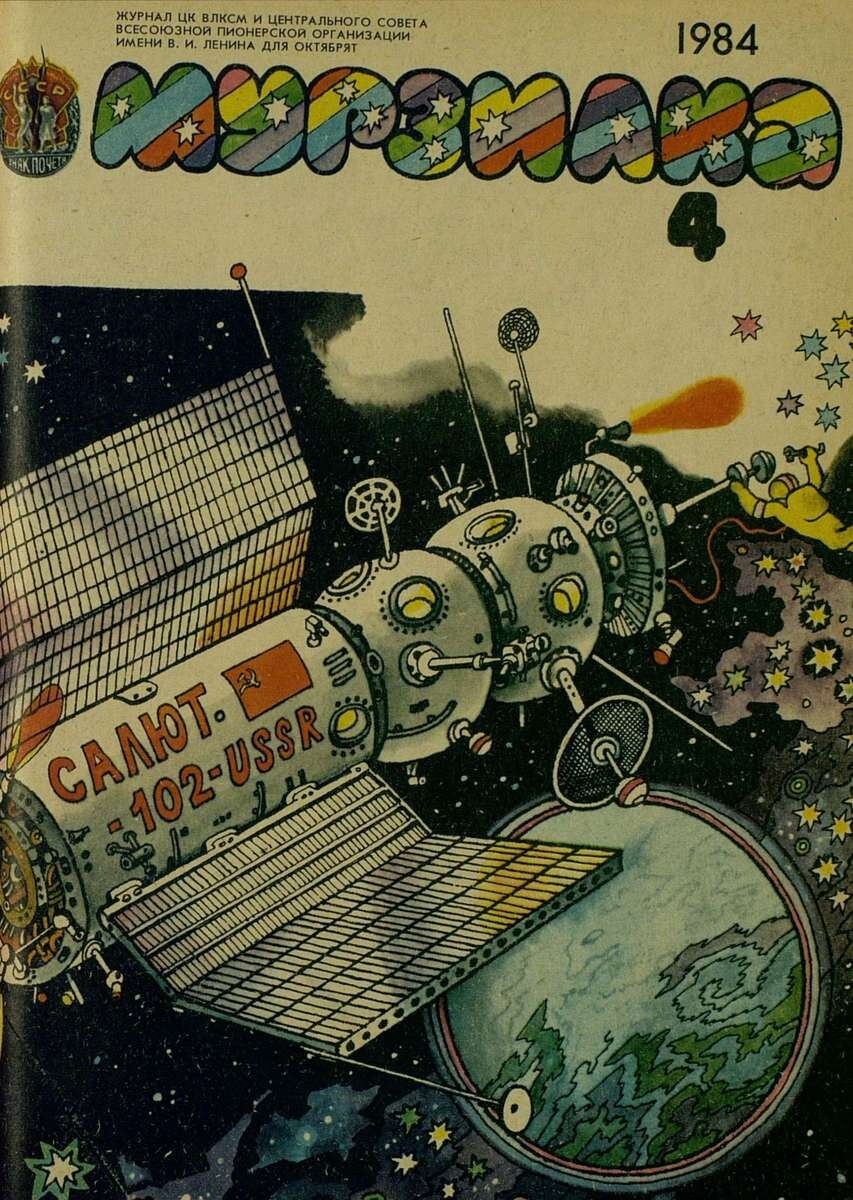
After the Soviet Union’s collapse, the magazine kept being published. Today, the magazine is still around – not a single issue has been missed.
 Murzilka’s family (N 9, 1991)
Murzilka’s family (N 9, 1991)
In 2011, Murzilka entered the Guinness Book of Records as the “longest-running children’s magazine”. A pretty impressive feat!
 ‘Studying is an important thing!’ (N9, 2002)
‘Studying is an important thing!’ (N9, 2002)
In 2015 a huge digital archive of all the Murzilka issues was uploaded online, so everyone can look through them for free now.
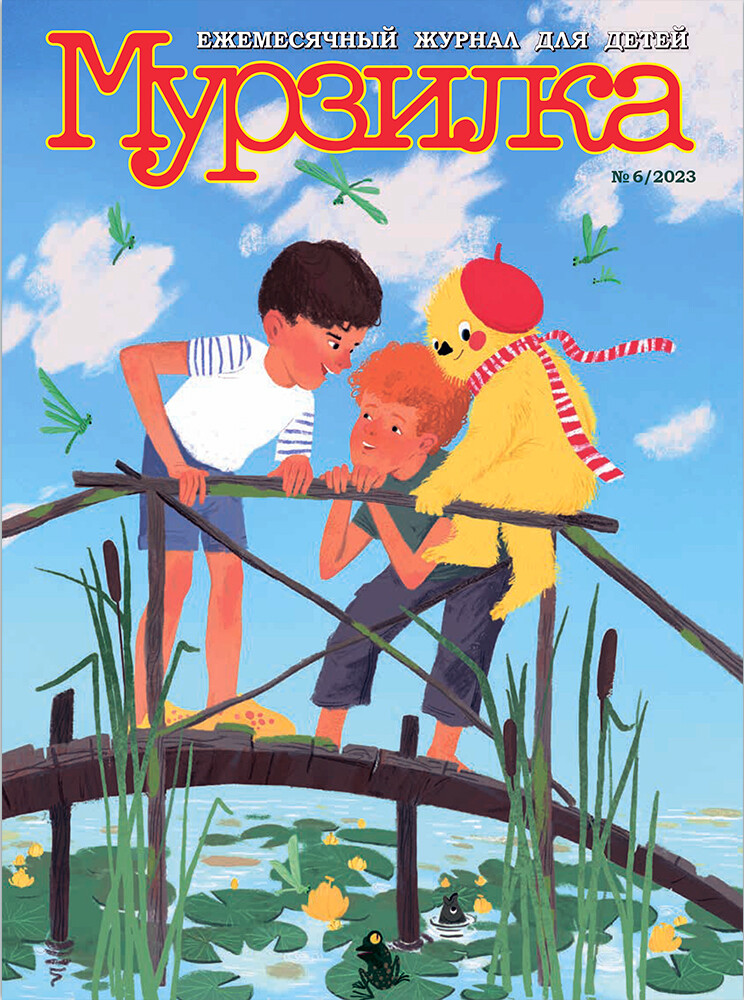 The cover of the new issue (N6, 2023)
The cover of the new issue (N6, 2023)








